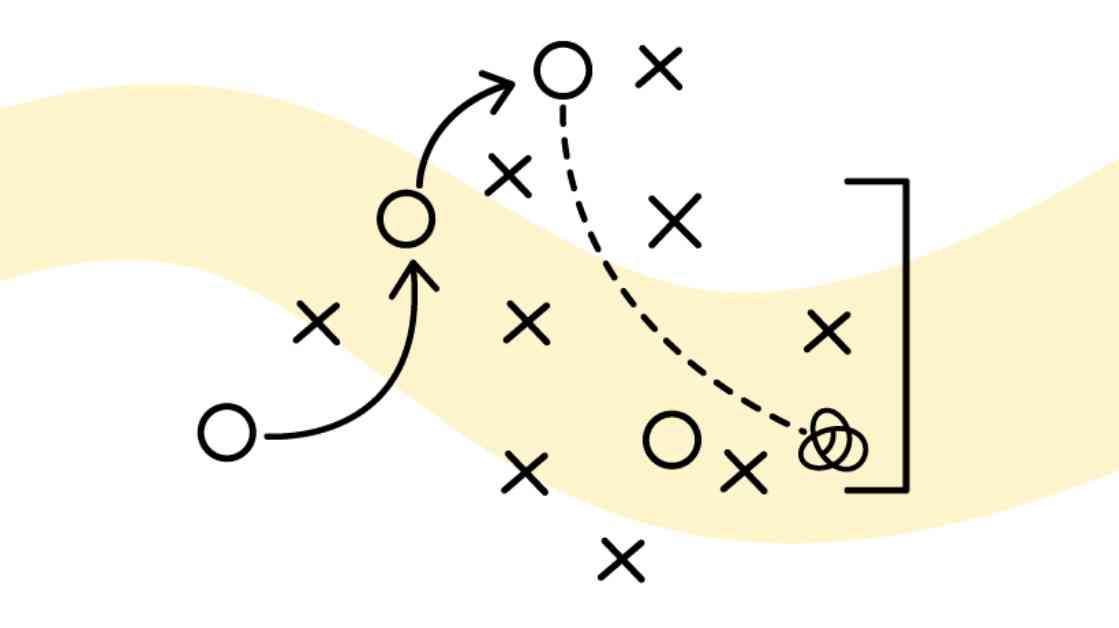Crafting a masterful sales plan is essential for the success of any business. It goes beyond just setting goals; it involves developing strategies and tactics to achieve those goals effectively. In this article, we will dive into the importance of creating a solid sales plan and provide a comprehensive guide on how to create one for your company.
What Is A Sales Plan?
Many professionals often confuse a company’s business plan with its sales plan. While the business plan outlines the overall objectives of the organization, the sales plan focuses on the specific strategies and tactics needed to achieve those goals. A sales plan is crucial for identifying ways to increase revenue and generate leads to drive sales.
A successful sales growth plan should include detailed processes and methodologies that sales professionals can refer to for guidance. By outlining successful sales pitches and strategies, team members can streamline their activities and ensure smooth operations. Additionally, incorporating tools and tactics into a strategic marketing plan can help sales reps effectively persuade potential buyers and achieve the company’s goals.
Sales Process Vs. Sales Strategy
It’s important to distinguish between sales processes and sales strategies. A sales strategy answers the questions of who, what, and why, aligning with the company’s overall business objectives. This includes identifying the target customers, differentiating the company from competitors, and setting key metrics to measure success. On the other hand, a sales process focuses on the how and when of implementing the strategy, detailing the specific methods and timing to facilitate the plan.
Key Differences Between Transactional Sales And Strategic Sales
Transactional sales prioritize generating quick, high-volume sales from one-time customers without fostering long-term relationships. Industries such as retail, automotive, and eCommerce typically follow this sales model. In contrast, strategic sales focus on building detailed strategies and demand generation campaigns that align with customer behaviors and trends. Strategic sales aim to develop loyal, long-term relationships with returning customers by providing high-value products at competitive prices.
6 Elements Every Sales Plan Should Include
1. Revenue And Customer Targets
2. Deadlines
3. Strategies And Tactics
4. Budgeting And Pricing
5. Team Structure
6. Market Analysis
How To Create A Revenue-Generating Sales Plan
1. Define Your Objectives
2. Craft A Mission Statement
3. Pinpoint Your Target Market And Buyers
4. Create A Buyer Map
5. Craft Your USP
6. Organize Your Sales Team
7. Create A Prospect List
8. Define Your Tools And Software
Why Content Creation Is Pivotal For Sales Success
Having a strong content marketing strategy is crucial for attracting, engaging, and converting leads. By creating compelling content that resonates with the target audience, businesses can educate potential customers and influence purchase decisions. Promoting content on various platforms and utilizing SEO techniques can enhance visibility and credibility.
How And When Should You Develop A Sales Plan?
Sales planning is essential for launching new products, boosting sales, and guiding promotional campaigns. By setting clear goals, deadlines, and metrics, businesses can align their sales efforts with company objectives and improve audience engagement. Regularly updating and optimizing sales plans based on performance data is crucial for success.
The Tremendous Benefits Of Creating A Sales Plan
A well-defined sales plan provides direction and motivation for sales teams to achieve company objectives. By setting specific goals, deadlines, and metrics, employees can organize their efforts effectively and overcome challenges. Sales planning helps employees understand the rationale behind their tasks and equips them with the tools to navigate obstacles successfully.
Inbound Vs. Outbound Sales Strategies
Inbound marketing focuses on attracting customers through engaging content and SEO optimization, while outbound marketing targets potential customers who may not be familiar with the brand. Both strategies play a crucial role in connecting with the target audience and converting leads into customers.
Conclusion
Creating an effective sales plan is not just about setting goals; it’s about developing strategies and tactics to achieve those goals efficiently. By incorporating key elements such as revenue targets, deadlines, strategies, and team structure, businesses can drive sales growth and improve customer relationships. With a strong focus on content creation and utilizing both inbound and outbound sales strategies, companies can enhance their sales efforts and achieve long-term success.
